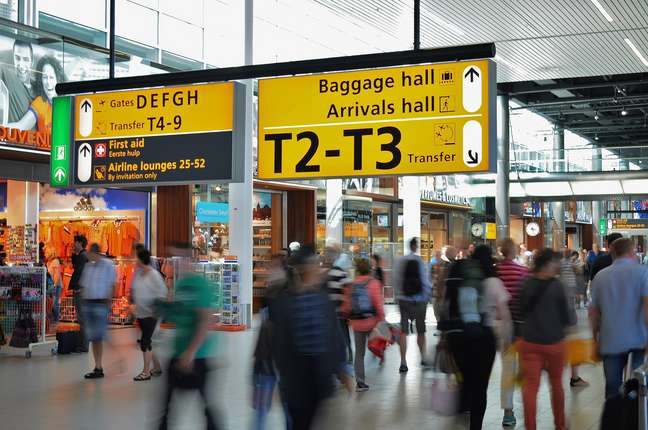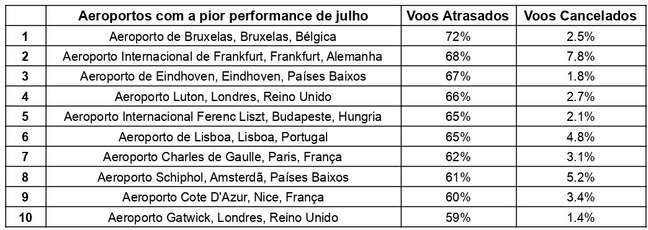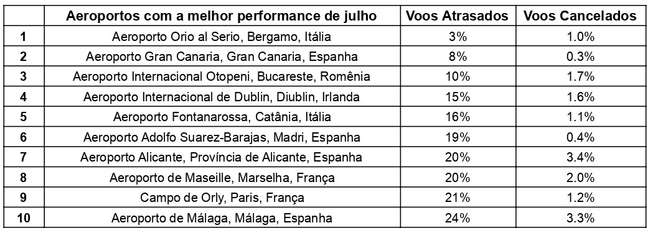Airports set a maximum number of passengers per day to try to reduce delays, which reach over 70% of departures.
Between July 12 and September 11, the airport Heathrow, in London, will impose a limit of 100,000 daily passengers departing from the location, not serving 4,000 people a day, who will have their journeys transferred to other airports, rescheduled to another date or simply canceled. The measure was announced after other European airports also set a daily maximum limit to normalize the flow of flights. In Amsterdam, the airport Schiphol has already announced that it will handle a maximum of 440,000 flights per year starting in November.

During the summer months in Northern hemisphere (between June and September) it is common for high demand for travel to countries in Europe and the United States to cause overcrowding or even flight delays. However, a chaotic scenario has arisen since May of this year due to strikes by airline employees and the sharp increase in travel, which found the airline industry unprepared after two years of the pandemic.
In case of Heathrow, delays have increased by 78% compared to the summer of 2019. Since the beginning of July, half of the flights have taken off late, with the highest peak last Saturday (16) when 62% of departures were delayed. Cancellations also increased by 3.5% in July, almost three times higher than in the same month in 2019. And these weren’t the only inconveniences passengers encountered. Last week, American Delta Air Lines sent a plane without passengers to pick up about 1,000 bags that had been lost during operations at Heathrow.
The UK isn’t alone when it comes to air chaos. This month, the airports in Brusselsin Belgium, Frankfurtin Germany, e Eindhoven, the Netherlands experienced the worst delays among European airports, according to Hopper, a company specializing in digital solutions for tourism. More than two thirds of the flights were delayed and, in Frankfurt International Airportnearly 8% of flights were canceled.

In Italy, last Sunday (17), the main airports saw the total cancellation of 122 flights due to a strike by the air traffic controllers and pilots of airlines such as Ryanair, Vueling, Ita, Wizz Air, Easyjet and Volotea. The figure was estimated by the state company Ita Airways, formerly Alitalia, which on Sunday moved 50% of those flights. In these cases of strike it is worth reminding travelers that consumer protection codes are in favor of passengers.
Even though the strike is nationwide, data shows that not all airports are experiencing such a significant disruption in July. the airport of Bergamofor example, it reported less than 20% of delayed flights and less than 2% of canceled departures, as well as airports in Dublinin Ireland, e Madridin Spain.

Everything indicates that the delays will continue in August and only in September the movement in the airports will decrease a little. Until then, some tips are worth following to try to dribble the European air chaos.
Check out tips on how to survive the air chaos in Europe
Source: Terra
Benjamin Smith is a fashion journalist and author at Gossipify, known for his coverage of the latest fashion trends and industry insights. He writes about clothing, shoes, accessories, and runway shows, providing in-depth analysis and unique perspectives. He’s respected for his ability to spot emerging designers and trends, and for providing practical fashion advice to readers.






